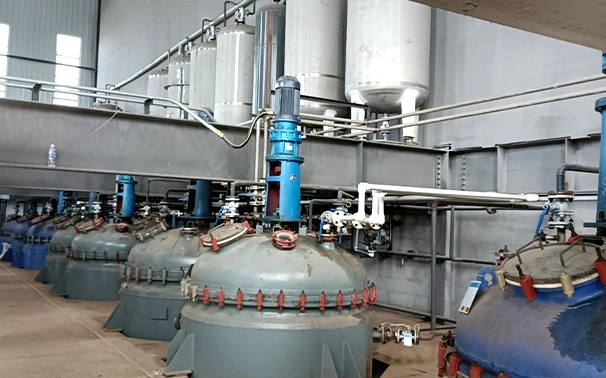polycarboxylic
Understanding Polycarboxylic Compounds A Dive into Their Chemistry and Applications
Polycarboxylic compounds are a fascinating class of organic compounds characterized by the presence of multiple carboxylic acid functional groups in their molecular structure. These compounds are of considerable interest in both academic research and industrial applications due to their unique chemical properties and versatility. In this article, we will explore the nature of polycarboxylic compounds, their synthesis, properties, and key applications.
Structure and Properties
At the molecular level, polycarboxylic compounds can be understood as molecules that contain two or more carboxylic acid groups (-COOH). The presence of multiple acidic groups significantly influences their physical and chemical properties. Polycarboxylic acids, such as citric acid and tartaric acid, exhibit increased acidity compared to their mono-carboxylic counterparts. This heightened acidity is due to the ability of the multiple carboxyl groups to participate in proton donation (deprotonation) reactions.
The structural arrangement of these carboxylic groups can vary, leading to different types of polycarboxylic acids. They can be linear, branched, or even cyclic, which affects their solubility, melting points, and reactivity. The spatial orientation of the functional groups can also lead to the formation of intramolecular and intermolecular hydrogen bonds, further influencing their behavior in different environments.
Synthesis of Polycarboxylic Compounds
The synthesis of polycarboxylic compounds can be achieved through various chemical methods. A common strategy involves the oxidation of organic compounds, such as alcohols or aldehydes, to introduce the required carboxylic acid groups. For example, the oxidation of sugars can produce a range of polycarboxylic acids, including oxalic and malonic acids. Another method of synthesis includes the hydrolysis of polycarboxylate esters, which can be derived from the corresponding polyol compounds.
polycarboxylic

Moreover, some polycarboxylic acids are produced naturally by plants and microorganisms, further emphasizing their importance in biological systems. These natural polycarboxylic acids often play significant roles in metabolic processes and can be isolated for various uses in the food and pharmaceutical industries.
Applications
Polycarboxylic compounds have a wide range of applications across multiple fields. One of the most notable uses is in the food industry, where polycarboxylic acids like citric acid serve as natural preservatives, acidity regulators, and flavor enhancers. Their ability to chelate metal ions also makes them essential in improving food shelf life.
In the realm of materials science, polycarboxylic acids are utilized in the synthesis of biodegradable polymers. Polymers such as poly(lactic-co-glycolic acid) (PLGA) contain polycarboxylic segments, contributing to their biodegradable properties while maintaining mechanical stability. These materials are particularly important for medical applications, such as drug delivery systems and tissue engineering scaffolds.
Additionally, polycarboxylic acids are employed in water treatment processes due to their capacity to form complexes with metal ions. By binding with heavy metals, they assist in the removal of contaminants from wastewater, a crucial step in environmental remediation.
Conclusion
Polycarboxylic compounds are integral to a myriad of applications that touch everyday life. Their multifunctionality, stemming from their unique structural properties, positions them as valuable resources in fields ranging from food science to advanced materials. As research continues to unveil novel polycarboxylic compounds and their potential applications, this family of substances promises to remain at the forefront of scientific and industrial innovation. Understanding these compounds not only deepens our appreciation for their role in chemistry but also highlights their importance in addressing contemporary challenges in sustainability and health.
-
Dodecyldimethylbenzylammonium Chloride: High-Purity DisinfectantNewsAug.30,2025
-
2-Phosphonobutane-1,2,4-Tricarboxylic Acid: Scale & CorrosionNewsAug.29,2025
-
Premium Isothiazolinones | Broad-Spectrum Biocidal SolutionsNewsAug.28,2025
-
LK-319 Special Scale And Corrosion Inhibitor For Steel Plants: Advanced Solutions for Industrial Water SystemsNewsAug.22,2025
-
Flocculant Water Treatment: Essential Chemical Solutions for Purification ProcessesNewsAug.22,2025
-
Isothiazolinones: Versatile Microbial Control Agents for Industrial and Consumer ApplicationsNewsAug.22,2025





